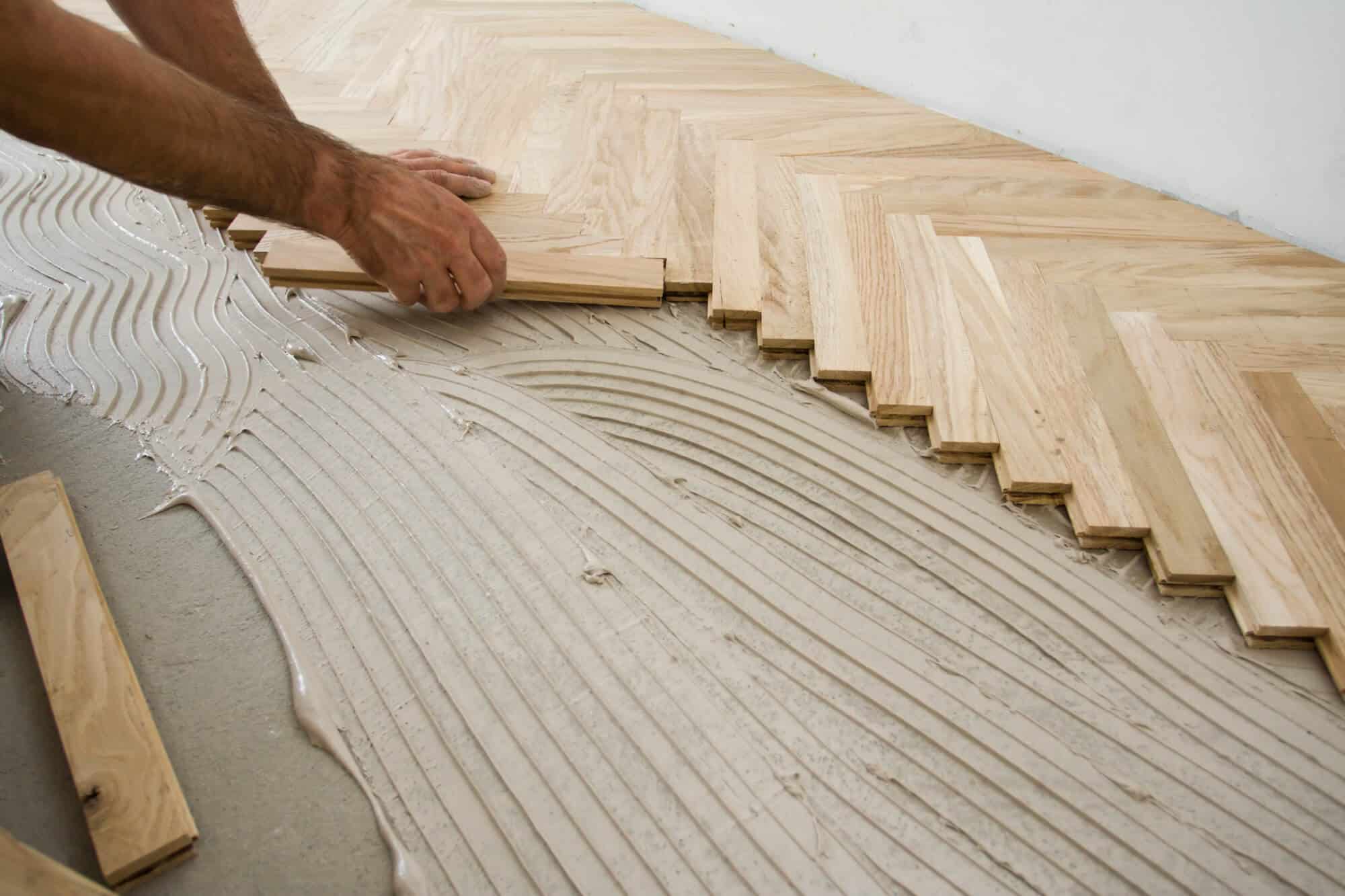
In a new study by a team of researchers from Switzerland Published in the journal Science Advances, an interesting fact was found: wood is much more than just a raw material. During the research, the researchers found a type of wooden flooring that is able to turn the energy of people walking on it into electricity, in a simple and environmentally friendly process.
During the research, the researchers were able to develop a strong, highly durable wood that is resistant to water and can be magnetized. The main goal of the research was to expand the existing wood properties, so that the raw material would be suitable for completely new uses.
Much more than a simple raw material
Jiangu Sun, a PhD student who took part in the research team, used a chemical process called delignization that forms the basis of the changes and improvements in wood that the team of researchers has made in recent years. To understand the chemical process, it is useful to know the basic materials that make up wood: lignin, semi-cellulose and cellulose. Ingo Burgert who heads the research team, explains: "Lignin is the substance that a tree needs to grow to a great height, which would not be possible without the lignin that serves as a stabilizing substance that connects the cells and prevents the hard cellulose fibers from shrinking."
To turn wood into a material that can be easily changed, the researchers had to extract a little lignin from the wood - a process achieved by placing wood in a mixture of hydrogen peroxide and acetic acid.
Burgert Explains the process: "We actually utilize the hierarchical structure of the wood without melting it, as happens in the paper production process for example." At the end of the process, the resulting wood sponge consists of thin layers of cellulose that can be easily shrunk or expanded to the original shape - in other words, the wood becomes elastic.
Electricity flows through your feet
In order to produce energy and electric current from the tree in its natural form, the tree must first be treated so that it has the appropriate properties. In its original form as a raw material, the wood is not flexible enough and therefore a unique process is required to make the wood elastic. In the tests they conducted with wooden cubes, Bogart's team found that 30 cubes could provide enough electric current to illuminate a simple LCD screen - from this test they realized that generating electric current from the parquet floor or wood that people walk on is certainly conceivable.
As mentioned, the creation of electric voltage is made possible by achieving the elasticity of solids and raw materials (the so-called "piezoelectric system"), and the phenomenon is used around the world in other industries besides the generation of electricity from parquet flooring or wood: one of the common uses is in the metrology industry, which uses sensors that produce a signal in the event that A mechanical load is caused, for example. The effect was found to be suitable for use in biomedical applications as well: an example of this is the lead zirconate titanate material.
The material cannot be used on human skin due to the lead it contains, and the solution is to make the material more elastic.
Stepping into the future
It is now clear that wood is much more than just a raw material: through the existing characteristics of wood and the combination of the findings discovered during the current research, the new way to generate electric current is closer than ever.
In the tests conducted on the new type of wood during the study, the material showed extraordinary stability, electrical voltages sufficient to be used as an electric current sensor were measured, and findings were found that support the fact that in the future there is the possibility of developing a wooden floor capable of converting the energy and steps of the people who walk on it into an electric current in practice. In addition, the researchers tested the possibility of using it as a pressure sensor on human skin and found that it can be used for biomedical use.
Before we can use the new tree type as a sensor or As the parquet flooring in the house capable of producing an electric current, a few more steps remain. However, the advantages of the piezoelectric system are clear, offering simplicity, innovation and an environmentally friendly process - and they are currently being investigated by Burgert and colleagues in a follow-up project to the current research.
Beyond that, in order to adapt the new technology to the industry and bring news and innovation to the world, the team of researchers is already in contact with potential partners with the aim of creating collaborations.
The article is courtesy promoted content The parquet cannon - Sales and installation services of parquet nationwide.
